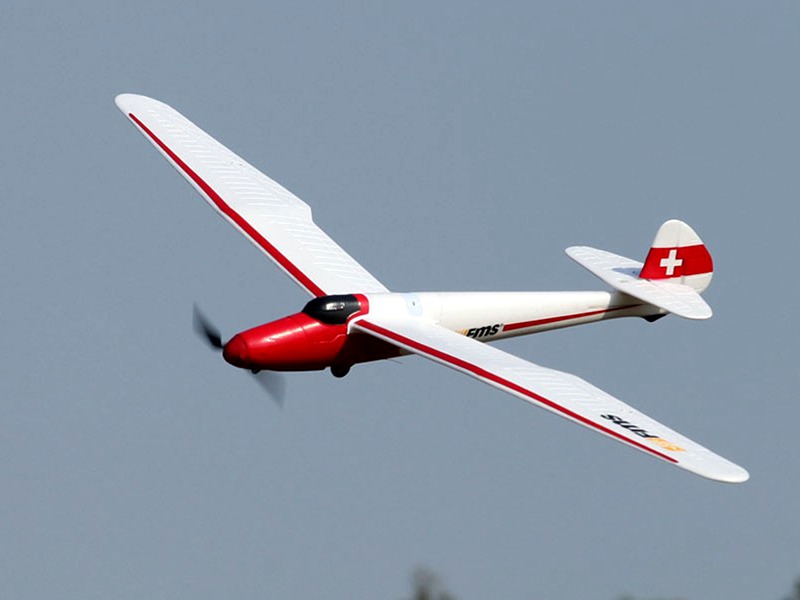Can pilots fly in lightning?

Yes, pilots can fly in lightning. However, it is important to understand the risks associated with flying in lightning and to take the necessary precautions to ensure the safety of the aircraft and its occupants.
Lightning is a natural phenomenon that occurs when electrical charges build up in the atmosphere and are discharged in the form of a powerful electric current. This current can cause significant damage to aircraft and its occupants if it strikes the aircraft. Therefore, it is important for pilots to be aware of the risks associated with flying in lightning and to take the necessary precautions to ensure the safety of the aircraft and its occupants.
The first step in flying in lightning is to understand the weather conditions. Pilots should be aware of the potential for lightning in the area and should be prepared to take evasive action if necessary. Pilots should also be aware of the potential for turbulence and other weather-related hazards.
Once the weather conditions have been assessed, the pilot should take the necessary precautions to ensure the safety of the aircraft and its occupants. This includes avoiding flying in areas with high lightning activity, avoiding flying in areas with high turbulence, and avoiding flying in areas with high winds.
In addition to avoiding areas with high lightning activity, pilots should also take steps to reduce the risk of lightning strikes. This includes avoiding flying near tall objects such as towers and buildings, avoiding flying near thunderstorms, and avoiding flying near areas with high electrical activity.
Finally, pilots should be aware of the potential for lightning strikes and should be prepared to take evasive action if necessary. This includes turning off all non-essential electrical equipment, reducing speed, and changing altitude if necessary.
In conclusion, pilots can fly in lightning, but they must be aware of the risks associated with flying in lightning and take the necessary precautions to ensure the safety of the aircraft and its occupants. Pilots should be aware of the potential for lightning in the area and should be prepared to take evasive action if necessary. Pilots should also take steps to reduce the risk of lightning strikes, such as avoiding flying near tall objects, thunderstorms, and areas with high electrical activity. Finally, pilots should be prepared to take evasive action if necessary, such as turning off all non-essential electrical equipment, reducing speed, and changing altitude if necessary.
Comments / Question
• Avoiding thunderstorms and other areas of high lightning activity.
• Depending on their aircraft, either flying slightly above or below the thunderstorm tops or flying around it entirely.
• Dealing with any static electricity buildup on their aircraft before departure.
• Ensure that the electrical system aboard their aircraft is properly grounded and functioning properly.
• Holding off from radio transmissions, especially during thunderstorms.
• Requesting and following ATC instructions for avoiding lightning activity.
• Monitoring for lightning activity, wind shear, and turbulence.
• Using the radar and turbulence detection equipment to identify severe conditions.
• Turning off nonessential electrical equipment.
• Paying special attention to the airspace outside of thunderstorms, as they may be hazardous due to gust fronts and wind shear.

